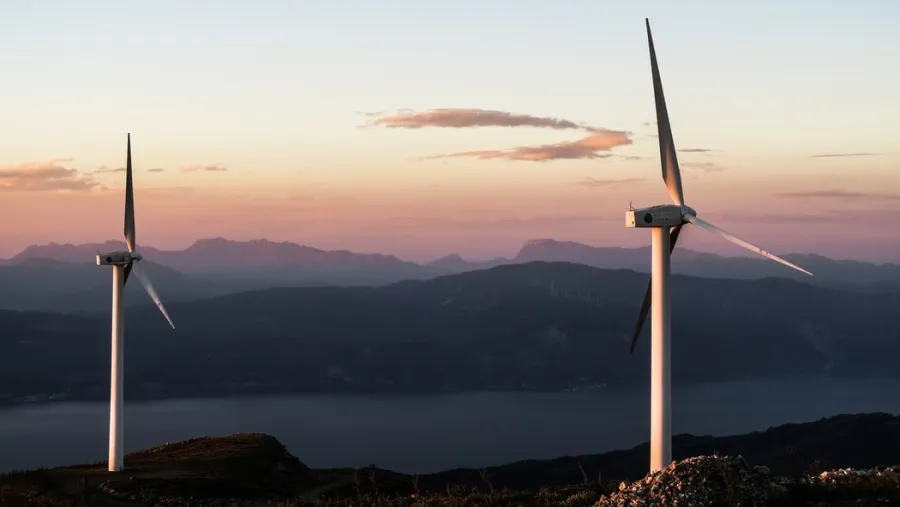
Wind power to play a key role in China’s net-zero ambition: WoodMac
Onshore wind will take up 82% of China’s 408 GW new capacity between 2021-2030.
Wind power is expected to play a key role in China’s carbon-neutral goal, according to a report by Wood Mackenzie.
According to Principal Analyst Xiaoyang Li, stimulated by China’s target of 1,200 gigawatts (GW) of wind and solar set for 2030, 408 GW of new capacity will be added from 2021 to 2030 in which onshore wind comprises 82% of the total during the outlook, with an average annual capacity of 33 GW.
Meanwhile, northern regions continue to dominate the onshore wind market due to favourable wind conditions and policies. In Inner Mongolia, Hebei and Shanxi provinces where new-developed renewable energy bases are driving the high growth, state-owned developers sign GW-level development contracts directly with local governments.
“Apart from new projects, the substantial volume of ageing turbines with legacy technology installed in the last decades represents a good opportunity for repowering activities. Relevant policies to address the feasibility and profitability of repowering in China are needed to unleash the repowering market potential, which is expected to hit 24 GW capacity by 2030,” Li said.
Additionally, a series of policies were released to support sustained wind market growth following China’s 2060 target announced in September 2020. These include the 2030 renewable capacity target, annual renewable portfolio standard targets, and benchmarked on-grid tariffs to stabilise onshore wind project profitability after subsidies ended in 2020.
WoodMac said there are sufficient onshore wind projects in the pipeline to support China’s 10-year outlook. The number of renewable bases more than tripled from 25 to 78 from the second half of 2020 to the second half of 2021, amounting to 260 GW of total capacity being planned and under construction across 14 provinces.
Established onshore wind supply chain and larger-scale wind turbine models will allow onshore wind power LCOE or levelised cost of electricity to decrease by 46% from 2021 to 2030 and drop below coal power’s on-grid tariffs in 2022.
China is expected to reach a cumulative grid-connected wind capacity of 689 GW by end-2030, accounting for 67% of the global share.



















 Advertise
Advertise







